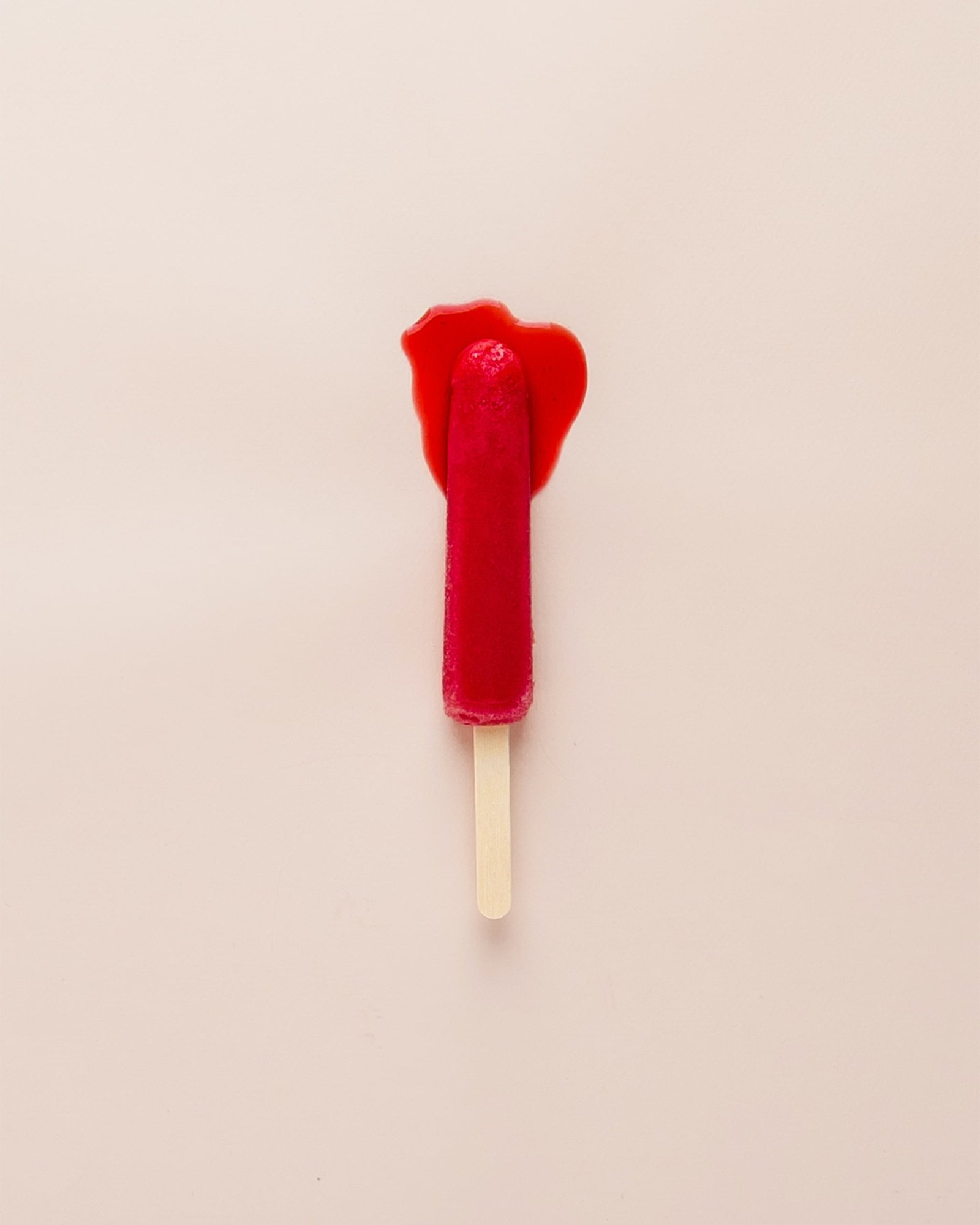In the last lesson, we talked about how acne is a symptom of inflammation due to the damaging effects of free radicals and high insulin levels. Chronic acne is a sign that you’re not getting enough anti-oxidants in your diet to combat the oxidative stress.
Did you know high glycemic foods also contribute to free radical production in our bodies, and deplete our antioxidant reserves? In this lesson, we will identify them and learn how to deal with these sugar cravings that give us acne and accelerate the aging process.
High glycemic foods are the kinds of food you want to avoid because they contribute to free radical production, which increases oxidative stress inside our bodies, leading to acne.
High glycemic foods include: baked and processed carbohydrates such as cakes, cookies, and pastries, refined carbs like white bread, white rice, potato chips, and white pasta, plus any kind of syrup – both natural and processed, especially high fructose corn syrup.
Natural fruit juices that lack fiber also have a high glycemic index. If you’re craving fruit juice, smoothies are always a better alternative since they contain fiber to slow down glucose absorption.

Because eating is meant to be enjoyed, I also want to make you aware of some dietary “loopholes” that can help minimize the damage.
If you add in lean protein, fish, and vegetables into a meal with refined carbohydrates like white pasta or white rice, it can reduce the overall glycemic index of that meal. So just make sure you don’t eat refined carbs alone in your meal.
If you had to choose between white rice or white bread, choose white rice – which is naturally gluten-free. White rice is a more health-conscious choice than white bread, which is made out of wheat and full of substances, such as gluten, that can irritate your gut. Maintaining your gut health is important if you want to avoid breakouts.
Imported Italian pasta has potentially less gluten and fewer gut irritants than American-made pasta due to different farming practices. I sharing this tip based on personal experience because I have a gluten allergy, and when I eat imported Italian pasta I don’t get the skin rashes like I do by eating pasta made in the USA.

In order to reduce your sugar cravings, don’t be afraid of healthy high-fat foods like oily fish, avocados, dark dark chocolate (that has to be at least 70% cocoa), whole eggs, olives, nuts, nut butters, chia seeds, and organic, grass fed meats.
Generally speaking, it’s better to choose natural sweeteners over processed sugars but don’t overdo it. You can always use a little salt to bring out the sweetness.
Use spices like cinnamon and nutmeg to give your food some dimension and richer flavor. Richer flavors can distract you from lower sugar content.

All this said, I’m not trying to demonize glucose (sugar), because our bodies do need glucose in order to perform some basic biological functions. Follow the 80/20 rule. This means 80% of the time you’re consuming foods that are good for your skin, while the remaining 20% of the time you are free to indulge.
Restrictive dieting forces our bodies into ‘fight or flight mode’, which may result in more breakouts. So the best way is to NOT restrict calories, but to replace certain foods with others.
In the next lesson, we’ll cover ways on HOW to cook our food to prevent acne and accelerated aging. See you there!
Featured photo by Erol Ahmed on Unsplash

Leave a Reply